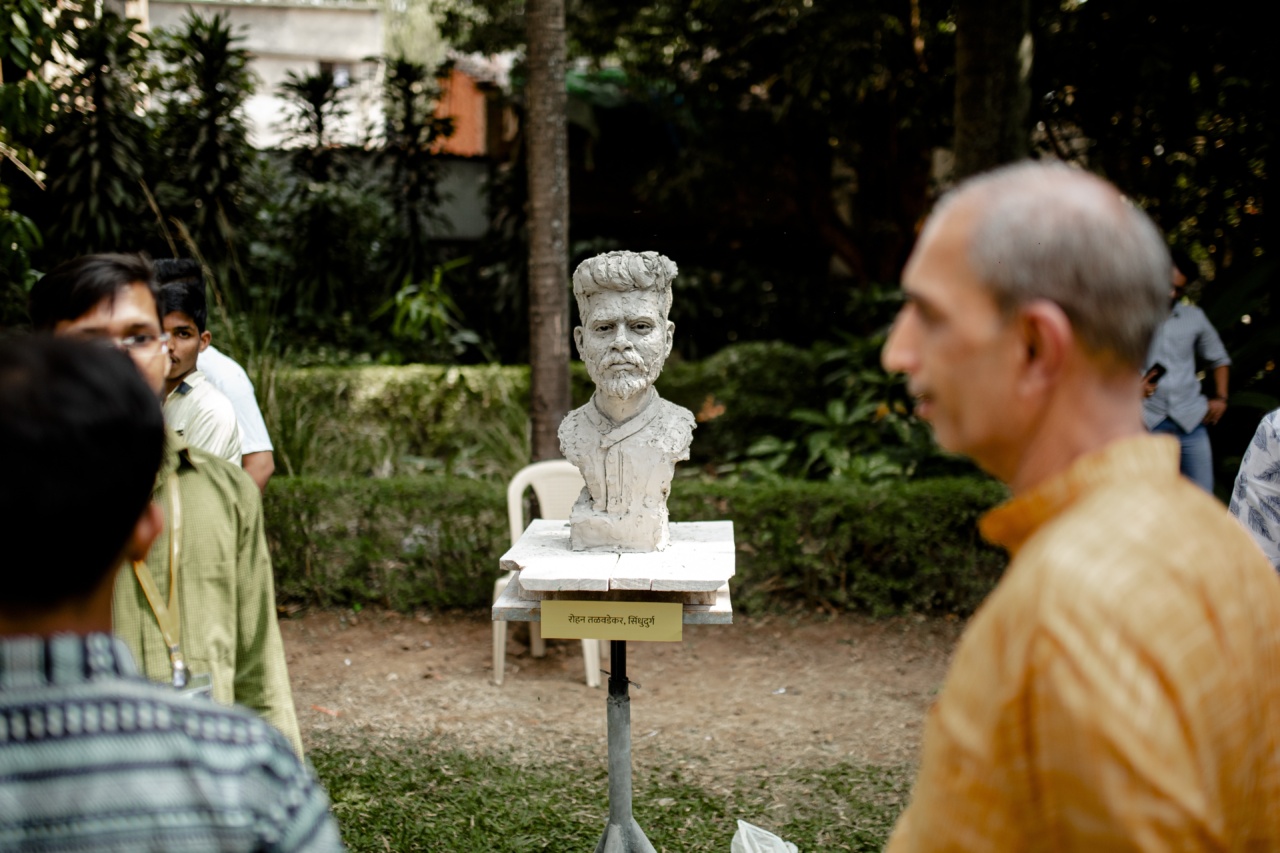Running and walking are two of the simplest and most effective cardiovascular exercises that anyone can do. People engage in these activities for various reasons, such as to stay fit, relieve stress, or compete.
However, running and walking can also become art forms when individuals approach them with purpose and intention. Through deliberate practice, one can defy the limits of their body and mind, and unlock a new level of physical and mental performance.
In this article, we will explore the art of running and walking, and how it can help individuals push their boundaries.
Benefits of Running and Walking
Running and walking offer various health benefits, such as improved cardiovascular function, weight management, and stress reduction. In addition, these activities can improve the quality of one’s life by promoting physical and mental well-being.
Let’s take a closer look at some of the benefits of running and walking.
1. Cardiovascular Benefits
Running and walking are excellent cardiovascular exercises that strengthen the heart and lungs. Regular aerobic exercise can lower blood pressure, reduce the risk of heart disease and stroke, and improve circulation.
It also helps to oxygenate the body, promoting efficient energy consumption.
2. Weight Management
Running and walking can burn a lot of calories, which can help individuals manage their weight. These exercises also help to build lean muscle mass, which can increase the body’s metabolism and burn more calories at rest.
3. Stress Reduction
Running and walking can also reduce stress and improve mental health. These activities release endorphins, which are natural mood elevators. Engaging in physical activity can also promote mental clarity, relaxation, and reduce anxiety.
The Art of Running
Running can be an art form when people approach it with deliberate practice and intention. Individuals can develop their own running style, which can become an expression of their personality and unique abilities.
Let’s examine some of the elements that can help make running an art form.
1. Form
Form is key to running performance and injury prevention. Runners should aim to maintain a straight posture, keep their shoulders relaxed, and land on the midfoot or forefoot.
The arms should swing naturally, and the stride should be efficient and comfortable. By developing proper running form, individuals can run faster, longer, and with less effort.
2. Cadence
Cadence refers to the number of steps taken per minute while running. A higher cadence can lead to more efficient running, reducing the risk of injury and improving performance.
To improve cadence, runners can focus on shortening their stride and increasing their foot turnover.
3. Breathing
Breathing is an essential element of running, and proper breathing technique can increase endurance and reduce fatigue. Runners should aim to breathe deeply and rhythmically, inhaling through the nose and exhaling through the mouth.
Focusing on breathing can also help quiet the mind and reduce anxiety.
4. Mindset
Running becomes an art when individuals approach it with a positive and focused mindset. The right mindset can help runners push through discomfort, stay motivated, and achieve their goals.
By adopting a growth mindset, runners can view challenges as opportunities for growth and improvement, rather than as obstacles to overcome.
The Art of Walking
Walking can also be an art form when individuals approach it with purpose and intention. Walking can provide many of the benefits of running without the added impact and stress on the joints.
Walking can also be a more accessible and comfortable exercise for people of all ages and abilities. Let’s examine some of the elements that can make walking an art form.
1. Posture
Good posture is essential for efficient and comfortable walking. Individuals should aim to maintain a straight spine, keep their shoulders relaxed, and engage their core muscles. Proper alignment can also prevent injury and reduce strain on the joints.
2. Foot Placement
The placement of the foot while walking can impact one’s balance and posture. Individuals should aim to land on the heel, roll toward the ball of the foot, and push off with the toes.
Proper foot placement can also improve the efficiency of walking and reduce the risk of injury.
3. Breathing
Breathing is just as important for walking as it is for running. Individuals should aim to breathe deeply and rhythmically, inhaling through the nose and exhaling through the mouth. Engaging the diaphragm can also promote relaxation and reduce stress.
4. Mindfulness
Walking can be a meditative practice that promotes mindfulness and reduces stress. By focusing on the present moment and intentional movement, individuals can quiet the mind and engage the body.
Walking in nature can also promote a sense of connection and gratitude.
Conclusion
Running and walking offer many physical and mental health benefits and can become art forms when approached with purpose and intention.
By focusing on form, cadence, breathing, and mindset, individuals can unlock a new level of performance and push their boundaries. The art of running and walking can also be a meditative practice that promotes mindfulness and well-being.





























